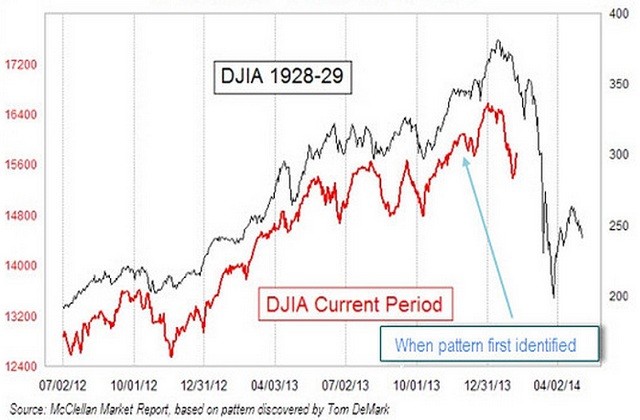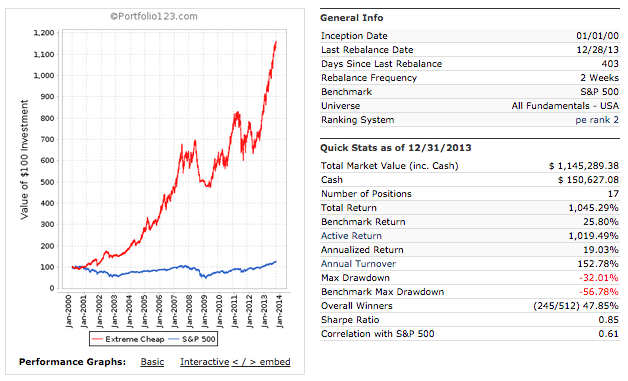Three Reasons Financial Stocks Offer Good Value
Post on: 14 Июнь, 2015 No Comment

In recent months, I’ve been advocating that investors focus on those market segments that are more reasonably priced with an emphasis on certain cyclical sectors. Six years after the 2008 financial crisis, there are a few cyclical sectors that seem to offer particularly good value. One is the financials sector.
Financial stocks, as represented by the S&P Global 1200 Financials index, are trading at a discount to the broader global market, when measured by both price-to-book and price-to-earnings valuation metrics.
Global banking stocks are currently valued at around 1.2x book value, trading at nearly a 40% discount to the broader global market. In price-to-earnings terms, the financials sector is trading at 14.8x trailing earnings, making it the lowest valued among the ten global sectors.
This, of course, leaves open the question of whether or not financials constitute a “value trap.” Many market watchers, for instance, argue that the sector’s lower valuations are merely a reflection of a drop in the sector’s return on assets (ROA) since the financial crisis. However, in reality, according to my team’s analysis, the sector’s ROA has recovered to a level not seen since the Bear Stearns collapse in early 2008, but valuations have not caught up.
In other words, unless you assume a much more dramatic collapse in ROA, when you consider the three forward-looking reasons below to like financials, there’s relative value to be found in the global sector, and particularly in its largest component: U.S. banks.
Financials are likely to benefit from rising rates. I expect that rates are likely to moderately rise from here and continue to increase in coming years, as the U.S. economy strengthens.
When rising rates are symptomatic of a strengthening economy, the financials sector’s performance and earnings outlook both tend to benefit as economic improvement leads to increasing demand for credit and higher yields on bank assets.
For instance, in J.P. Morgan’s 2013 annual report, released in April, the bank’s Chief Executive Office Jamie Dimon estimated that a return to higher, and more historically normal, rates could increase net interest margin by 2.2% to 2.7%, and boost the bank’s profits by $6 billion after-tax. This represents a 25% increase over the bank’s 2013 adjusted earnings after tax.
Solid loan growth should be a key contributor to higher net interest income for banks. One of the key themes that emerged from major U.S. banks’ second-quarter earnings reports is a notable pick-up in both consumer and, particularly, commercial loan volume. As economic growth continues to improve over the next year, loan volume should expand further, providing a tailwind to banks’ earnings.
Increasing capital market activities should also help boost banking stocks’ earnings. A pickup in mergers & acquisitions activity, debt underwritings and initial public offerings globally should provide a boost to investment banks’ revenues in the next few quarters. And this boost should help counteract weak secondary market trading activities.
To be sure, banking stocks aren’t without their risks. In the United States, I expect the Treasury yield curve to flatten dramatically in coming months. While the common belief is that a flatter yield curve portends shrinking financials sector profit margins as banks pay more on short-term deposit interest and earn less from long-term loans, I think this concern is overblown and has tended to push market perception of bank’s profitability in a more negative direction than what’s warranted by fundamentals.
In fact, over the past two decades, the relationship between the yield curve’s slope and bank margins has weakened significantly. Banks’ growing variety of product lines and better firm interest rate risk management have helped reduce financials’ earnings sensitivity to yield curves. In addition, given that banks nowadays have become more levered to short-rates– as much as 40% of a large U.S. bank’s loans are now priced off short-rates – a flatter yield curve may not be as harmful to margins as it was a decade ago.
Globally, the changing regulatory environment, and its associated litigation and compliance costs, continues to represent a risk to the sector, and so too do European banks.
The longer term outlook for eurozone banks does look more positive than a year ago given reasons including the substantial deleveraging, capital raising by local banks and the European Central Bank (ECB)’s recently announced ABS purchase program. However, the European sector’s earning outlook remains a risk to the broader sector in the near term.

That said, these risks are already generally reflected in banking sector valuations.
All in all, I believe the three factors I mention above should support banking sector earnings – and valuations –in the medium term. In fact, I recently upgraded my outlook for the global sector from neutral to overweight. You can read more about my thoughts on the financials sector, and other market segments offering relative value, in my latest Investment Directions monthly market outlook.
Sources: BlackRock, Bloomberg
Russ Koesterich, CFA, is the Chief Investment Strategist for BlackRock and iShares Chief Global Investment Strategist. He is a regular contributor to The Blog.
iS-13429














